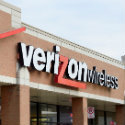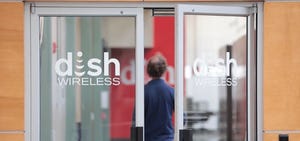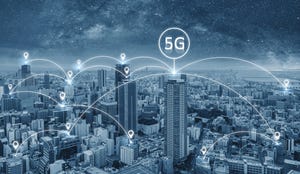
If you're counting on revenues from 5G-powered autonomous cars, don't hold your breath -- at least, that's the message from Verizon's Adam Koeppe, SVP of the operator's network strategy and planning division.
"When we started the early 5G work, we referred to an aspirational use case of having an intersection, like maybe one here in Manhattan, that has no traffic lights or stop signs or anything else, and the network -- the collective network if you will -- will pilot all the vehicles and pedestrians through the intersection," Koeppe said during an appearance at an investor conference this week in New York City. "That's about as far-reaching as you can get from a use case perspective because the number of industries that would have to change to do something like that is phenomenal, right?"
Continued Koeppe: "There's a lot you have to account for in that scenario. So, driverless vehicles at scale, using a network, has a long way to go."
However, Koeppe listed a few 5G use cases that he said are much more tangible. Specifically, he pointed to 5G-powered drones as an opportunity that's "emerging fairly rapidly," as well as virtual and augmented reality services running on 5G.
"That's something that 5G can deliver and 4G can't," he said. "You'll start to see those use cases emerge fairly quickly."
That Koeppe pointed to those specific examples isn't necessarily surprising. For example, Verizon acquired drone management company Skyward in 2017 and trotted the company's chief executive out earlier this year during Verizon's big 5G keynote at the Consumer Electronics Show in Las Vegas. Similarly, Envrmnt is an arm of Verizon Labs that's focused on "building technologies that will exploit the latency and bandwidth advances of 5G networks" and is targeting AR and VR technologies.
Koeppe added though that Verizon continues to look for use cases that can only work on 5G, and said that both LTE and WiFi couldn't support industrial automation like 5G and mobile edge computing can. "That is gaining a tremendous amount of traction right now," he said of the potential for industrial companies to use 5G to automate the manufacturing process through low-latency, high-speed 5G connections coupled with local computing functions.
Koeppe's comments on 5G use cases arrive at a critical time for the global wireless industry, which is in the process of switching on some of the world's first commercial 5G networks. In general, such networks are offering faster download speeds than LTE networks, but those in the industry are hoping that 5G will open up new opportunities for service providers beyond simply connecting smartphones to the internet. There's plenty of talk about such use cases, but so far little evidence that any of them will grow into major opportunities.
In his comments at the investor event, Verizon's Koeppe also offered a few tidbits about other elements in Verizon's' 5G efforts:
He said that Verizon's mobile 5G network running in the millimeter-wave spectrum is currently supporting both line-of-sight (LOS) and non-line-of-sight (NLOS) connections -- which is noteworthy given the propagation characteristics of transmissions in that spectrum.
He said Verizon had seen millimeter-wave transmissions on its 5G Home service travel more than 4,400 feet.
Koeppe said that Verizon expects to expand its 5G Home service using 3GPP-capable equipment starting in the second half of this year, and he said that the majority of that expansion would involve customers installing their own receivers for the service.
"Racing with China isn't necessarily something I spend a lot of time thinking about," Koeppe said, when questioned about rhetorics around the US-China "race to 5G."
Koeppe said Verizon has never had any plans to take 5G in millimeter-wave spectrum nationwide. "None of our engineers would ever sign up for that," he said.
He said that equipment for installing 5G in buildings, stadiums and other venues should show up later this year.
"We're seeing what we expected to see," Koeppe said of Verizon's launch of mobile 5G in Chicago and Minneapolis. He said the company is deploying new software for the service almost daily, and that a new software update will add 5G uplink capabilities -- in addition to its existing 5G downlink capabilities -- to the network in the coming weeks.
— Mike Dano, Editorial Director, 5G & Mobile Strategies, Light Reading | @mikeddano
About the Author(s)
You May Also Like












